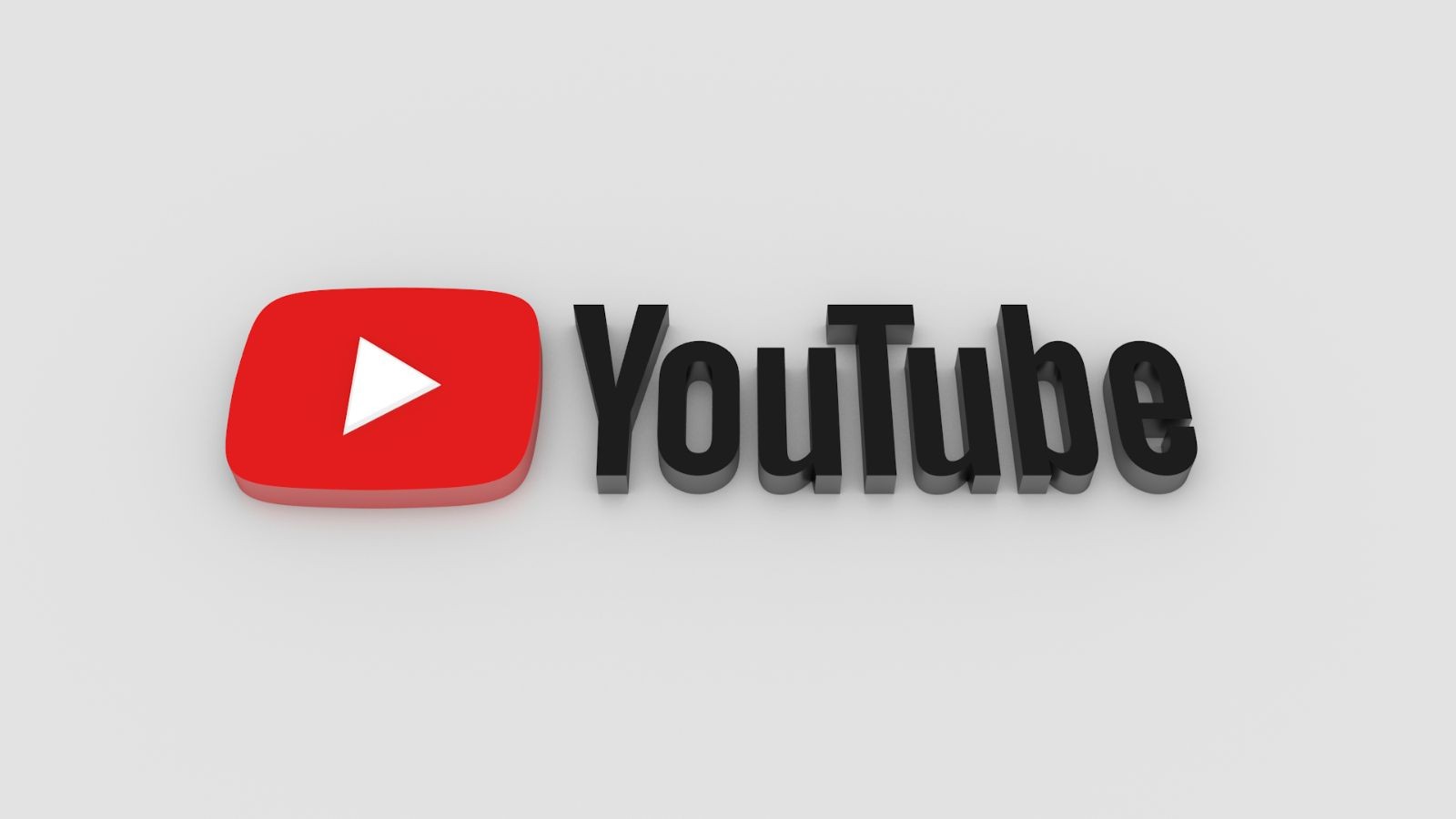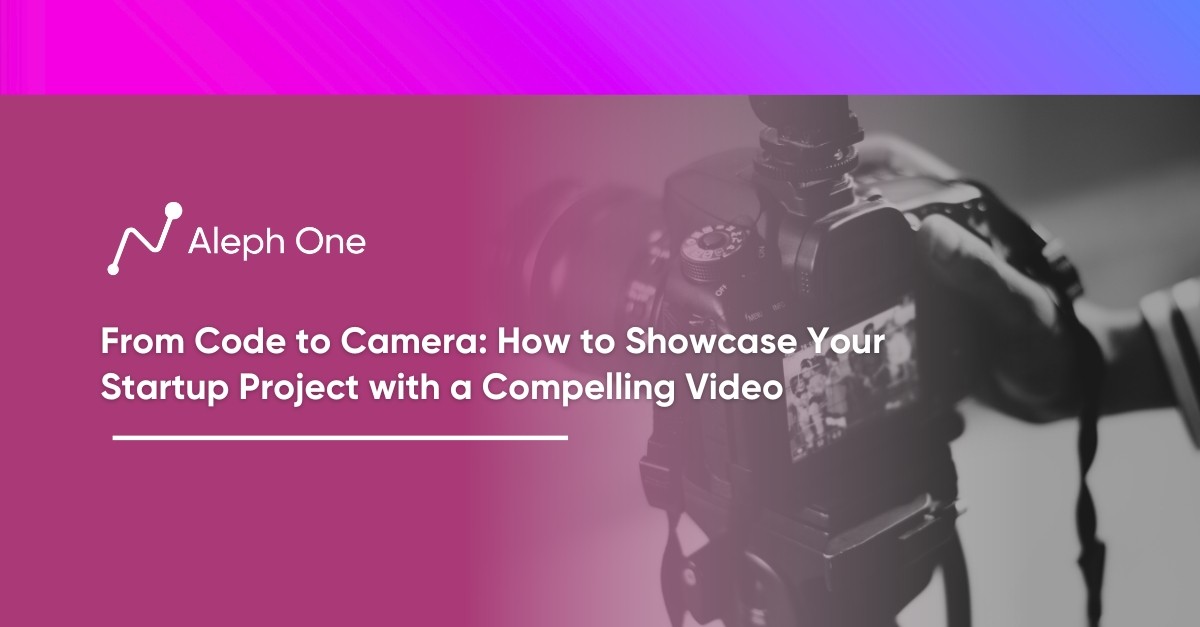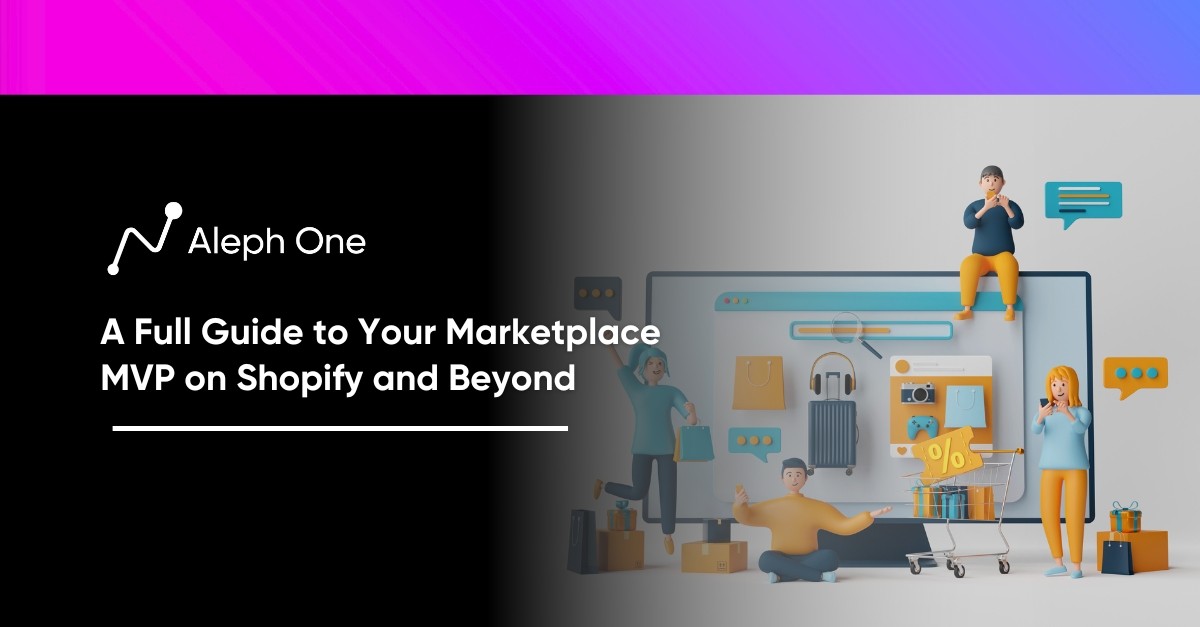Let’s work together to build something amazing. Share your project details and our team will reply to figure out the next steps to your success.

The allure of YouTube fame and fortune has captivated the imagination of many aspiring content creators. Still, the reality of making a full-time income from YouTube ads is far more complex than it seems. This comprehensive analysis delves into the harsh truths behind the facade of YouTube riches. With declining ad rates, selective monetization, the high cost of content creation, and the challenge of building a substantial audience, the dream of easy money through YouTube ads quickly dissipates. Through examining the numbers, dissecting policy changes, exploring alternative funding models, and exposing the arduous journey to success, we aim to shed light on the stark reality that most creators face, debunking the myth of easy money and providing a realistic perspective on the path to sustainable earnings.

The Facade of YouTube Riches: Why Most Creators Don’t Make a Full-Time Income
YouTube’s monetization model seems straightforward: create content, build an audience, and earn money from ads. However, the reality is far more complex. After YouTube’s “Adpocalypse” in 2017 cut ad rates, it has become nearly impossible for most creators to earn a living from ads alone.
How YouTube’s Business Model Works
Creators make content, YouTube places ads around content, and revenue is split 55% to the creator and 45% to YouTube. Creators need help to make a livable income from ads. According to multiple studies, only 1-3% of channels earn a livable wage from YouTube. Most earn less than $100 per month.
The Challenges of Ad Revenue
There are a few reasons why ad revenue is so challenging. First, ad rates have declined substantially over the past few years. After the “Adpocalypse,” YouTube’s ad rates dropped by over 50-90% due to brand safety concerns. YouTube now keeps 45% of revenue, leaving creators with much less. On top of that, ads have become far more selective about which videos they run. Most creators see only a tiny fraction of the ads that used to run on their content.
Building an Audience is Challenging
Second, building a sizable audience takes immense time and effort. Virality is challenging to predict. Creators spend years uploading high-quality content on a consistent schedule to build their audiences. Even ads have no guarantee of success.
Costs of Content Creation Have Risen
As audiences expect higher production quality, creators must invest in high-end cameras, lighting, editing software, and more. These investments and the time required to create content often cost more than most creators can earn from ads.
While the YouTube model seems straightforward, the reality is that earning a living from ads alone is a pipe dream for most. Between declining ad rates, selective monetization, the increasing costs of creation, and the immense difficulty of building an audience, making money on YouTube is more complex than it appears. For the vast majority, YouTube riches will remain nothing more than a façade.
The Money Myth: By the Numbers
The notion that YouTube creators make easy money or get rich quickly is a myth. According to a 2019 study by Mathias Bärtl, only 1-3% of YouTube channels generate a livable wage from the platform. The vast majority earn little to no money at all.
High Views and Subscribers Does Not Equal High Return
A separate study found that a channel needs at least 100,000 lifetime views to make $100 in ad revenue. Channels with over 100,000 subscribers are not guaranteed an income and often need help to earn $500 per month. Even channels with over 1 million subscribers see substantial monthly earnings fluctuations due to YouTube’s monetization policies and brand deals falling through.
YouTube’s Partner Program
YouTube’s Partner Program allows creators to monetize their videos by running ads, but it requires channels to have at least 1,000 subscribers and 4,000 watch hours in the past year. However, meeting these thresholds does not guarantee a steady income or a single payout. YouTube places ads on only a select number of “brand-friendly” videos that meet their strict advertiser-friendly guidelines. If a creator’s content is deemed too edgy, controversial, or niche, they may see it as limited to no ads on their videos.
Survey Shows Majority of Youtube Creators Earn Less than $1000 Per Month
According to a survey of over 5,000 YouTube creators, more than half of respondents said they earn less than $100 monthly from YouTube ads, while over 90% earn less than $1,000 monthly. A recent report found the average YouTube creator earns between $3 to $8 per 1,000 views, meaning a creator would need at least 125,000 views per month to make $1,000. However, YouTube does not disclose exact ad rates, and many variables, like a video’s watch time, audience retention, and ad types, determine how much a creator ultimately earns per view.
While YouTube stardom is a dream for many, the reality of earning a living on the platform is sobering. For most creators, YouTube will never become a primary source of income or lead to financial freedom. For those able to monetize their content, it often remains a struggle to break even after accounting for costs of production and living expenses.
Why Ad Revenue is Drying Up: Policy Changes and “Adpocalypse” Aftermath
In 2017, YouTube experienced what creators now call the “Adpocalypse” – a series of events that led to a massive drop in ad rates and revenue. The Adpocalypse began when major brands found their ads running on extremist and offensive content, prompting them to pull ads from the platform altogether. YouTube responded with sweeping policy changes, including demonetizing channels that didn’t meet new “brand safety” guidelines.
The Result of the Adpocalypse
These policy changes and the Adpocalypse had devastating consequences for creators. According to multiple studies, ad rates on YouTube dropped between 50 to 90% in the aftermath. YouTube now takes 45% of all ad revenue, leaving creators with a tiny fraction of what they once earned.
Only “Content Safe Videos” Can run Youtube Ads
YouTube’s policies now heavily restrict which content can run ads. Only channels that produce very “brand-safe,” uncontroversial content will see most of their videos monetized. For the rest, only a select few videos might have ads. This means that even channels with over 100,000 subscribers might see only a couple of dollars of ad revenue per month.
New Policy Favored High Budget Content
The new policies also favor longer, high-budget content like late-night shows and documentaries. Shorter content, animations, gaming videos, and anything edgy or controversial are less likely to get ads. This disproportionately impacts many creators who built their channels on these types of content.
Creators Struggle to Create Brand-friendly Content
Some creators have found limited success by making their content more brand-friendly, but for most, the massive drop in revenue has been unavoidable. While the Adpocalypse aimed to appease advertisers, it disenfranchised much of YouTube’s creator base and community.
The advertising landscape on YouTube is unlikely to improve substantially. While some creators have turned to sponsorships and fan funding to stay afloat, many feel that YouTube has betrayed the creators that made the platform what it is today. The era of making a living on YouTube ads alone is over for most. Success now requires a diversified, entrepreneurial approach – but even then, earning a full-time living as a YouTuber remains an unattainable dream for most.
The Rise of Sponsorships: Why Many Creators Now Depend on Them
As ad revenue has declined on YouTube, many creators have turned to sponsorships and product placements to generate income. Sponsorships involve promoting a brand’s product or service in a video in exchange for payment. According to a 2019 survey, over 50% of creators now depend on sponsorships for most of their YouTube income.
The Challenge of Sponsorships
However, sponsorships also come with significant challenges. The first is finding brands that are a good match for a creator’s content and audience. Not all brands will be relevant; audiences can see through and react negatively to sponsorships that seem out of place. Creators also face legal requirements to disclose sponsorships conspicuously to avoid misleading audiences. This includes verbally disclosing the sponsorship in the video and indicating it clearly in the video description.
The Balance of Promotional Content and Creator’s Authenticity
Some viewers also criticize creators for “selling out” to sponsors and see sponsorships as detracting from the quality or authenticity of the content. Balancing sponsorships with audiences’ needs is a tricky line for creators. They risk backlash from viewers if sponsorships seem overly promotional or not adequately disclosed. This can damage the creator-audience relationship and trust that creators depend on.
Sponsorships Are One Time Payments or Short Series
While sponsorships have become a crucial source of income for many, they are not a silver bullet. Most sponsorships only provide a single payment for one video or a short series. They do not provide the stable, ongoing income the YouTube ad program once did. Sponsorships often take considerable time and effort to secure, and deals can fall through at the last minute. They favor creators with huge audiences and high production quality, leaving many smaller creators with few options.
Sponsorships have emerged as the leading way for YouTubers to generate revenue as ad money has declined. However, they come with their obstacles and must work as a monetization method for most creators. For those able to secure sponsorships, they provide an essential income source but rarely a living wage on their own. While sponsorships will likely only become more critical over time, they are more challenging solutions to YouTubers’ financial woes than some perceive them to be.
Patreon and Channel Memberships: A Saving Grace for Some
Some creators have succeeded through fan-funding models like Patreon, channel memberships, and viewer tips. Patreon is a popular platform that allows fans to pledge a few dollars per month to support their favorite creators. YouTube also offers a channel membership feature that lets viewers pay a monthly fee for special channel perks like custom badges, emojis, and behind-the-scenes content.
Alternative Funding Models for Creators
These alternative funding models have been a lifeline for many creators. When ad money dried up, fan funding allowed some creators to continue making a living from their content. Educational creators, like explainer channels and DIY instructors, have found these models very effective. Their devoted fans are often happy to pay a small amount each month to support creating helpful content.
The Benefits of Fan Funding
However, fan funding only works for some creators or content types. It requires creators to build an extremely dedicated fanbase willing to support them every month financially. This can take years of work to develop and only guarantees a part-time income, even for creators with large audiences. Fan funding also works best for content that offers practical value or a sense of community rather than entertainment alone.
Creators Struggle to Create Extra Content
Creators who pursue these models also face the challenge of providing enough extra perks and behind-the-scenes content to make memberships worthwhile without giving away so much that it impacts their main content schedule. Some creators get stuck in a cycle of endless extra videos and livestreams to satisfy their members but have no time left for their usual content. When done right, however, fan funding can be a crucial source of income that allows select creators to continue doing what they love.
Fan Funding Cuts Out the Middlemen
Some critics argue that fan funding models promote a culture where a small subset of fans is responsible for a creator’s income. If those fans were to leave, it could threaten the creator’s livelihood. However, others counter that fan funding represents a shift to more direct relationships between creators and audiences, cutting out the middlemen like YouTube and advertisers. When creators are transparent about how membership money is used to support their work, fan funding is an ethical model allowing audiences to vote for the most valuable content with their dollars.
While still not a silver bullet, fan funding offers a glimmer of hope for some creators. For those able to build a devoted following and provide real value to members, platforms like Patreon and channel memberships have been a saving grace in an era of dwindling ad money. They represent a direct path between creators and fans, allowing some to continue earning a living from their creative work.
The Truth About YouTube’s “Easy Money”
The truth is that earning a living as a creator on YouTube is harder than ever. However, success is still possible for those willing to put in the effort required. But there are no shortcuts or “easy money” to be made. Achieving a livable income requires persistence, hard work, adaptability, and often finding the right mix of monetization strategies. While the potential rewards of a successful channel are high, the road to get there is long, uncertain, and constantly changing. For most, earning a living on YouTube remains an elusive dream rather than a reality.
FAQ
Despite the seemingly slim chances of success on YouTube, what motivates creators to continue investing their time and resources on the platform?
The motivation for creators to continue investing their resources on YouTube is multifaceted. For many, it’s a platform that provides a global audience and the opportunity to share their passions, creativity, or expertise. Despite the challenges associated with earning a substantial income from YouTube, the platform still offers creators the chance to monetize their content potentially. The hope of viral success and potential recognition also serves as a driving force. It also lets creators build niche communities, grow their brands, and have creative freedom.
How can YouTube improve its monetization policies to better support small and medium-sized creators, and to ensure content diversity?
For YouTube to better support small and medium-sized creators, they could implement a more favorable revenue split, allowing creators to retain a larger share of ad revenue. It could also provide clearer guidelines around what constitutes ‘brand-safe’ content to help creators maximize their ad revenue. Implementing policies that ensure ads are distributed more evenly across the platform could ensure that the most popular and smaller creators benefit from the platform’s ad revenue.
Why does fan funding seem to work better for educational content, and how can entertainers or other types of creators make this model work for them?
Fan funding works well for educational content as viewers derive tangible value from the information or skills they acquire, making them more inclined to offer financial support. Entertainers can leverage this model by consistently providing high-quality content and fostering a strong connection with their audiences. They can create Patreon-only content, provide early access to their materials, or offer Q&A sessions, and hangouts, and mention fans in their videos. This interactive and engaging approach can strengthen audience loyalty, potentially prompting more viewers to become paying fans.
Get the latest news and updates from Aleph One in your inbox.



